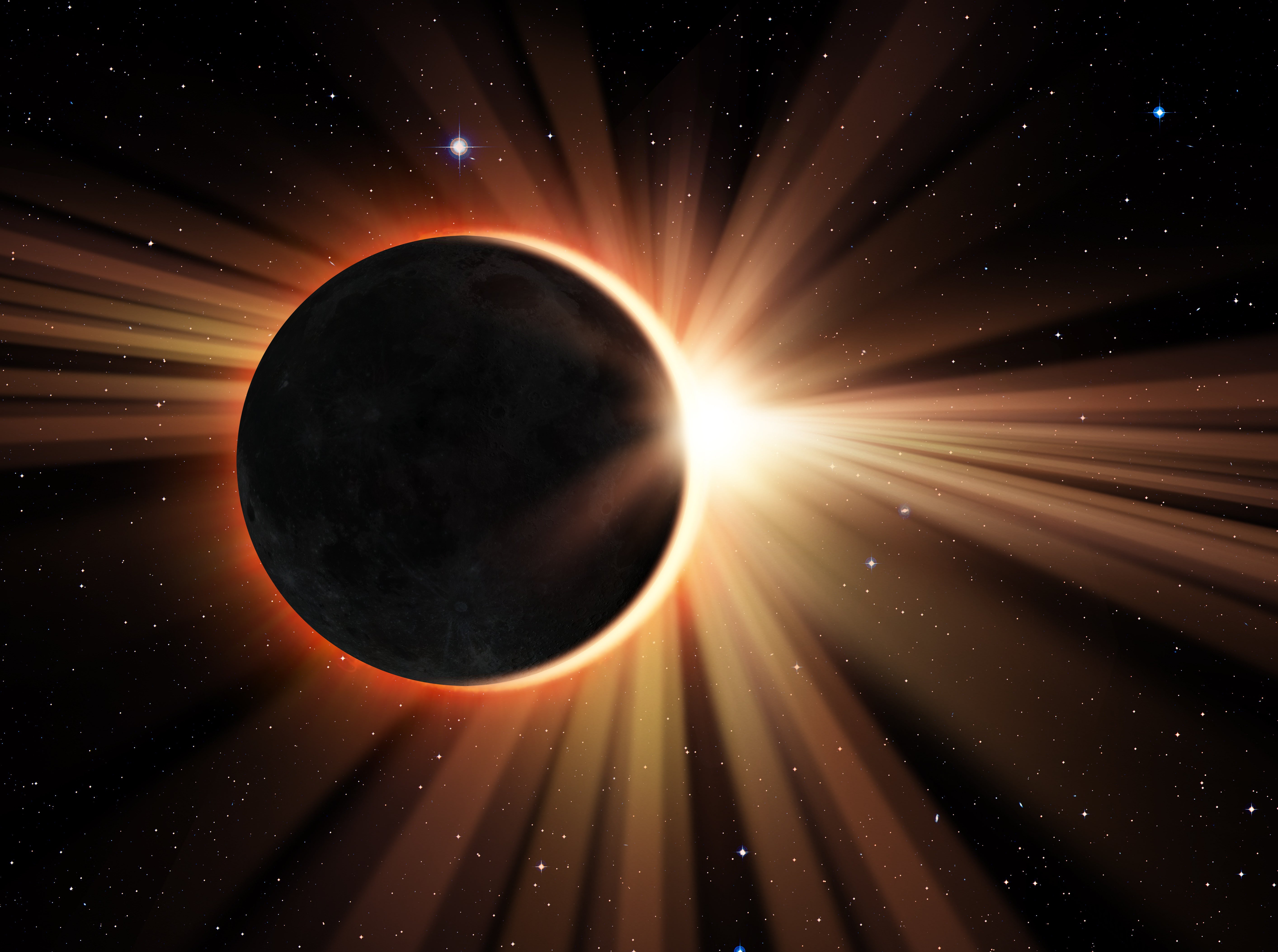The celestial ballet of a total solar eclipse is a sight that ignites the imagination and leaves a lasting impression. On April 8th, North America will have a front-row seat to this awe-inspiring phenomenon, with a total eclipse gracing parts of the continent and a partial eclipse visible from all corners. But within the total eclipse itself lies another captivating element: the duration of totality, the fleeting moments when the Moon reigns supreme, shrouding the Sun in complete darkness.
The Umbra's Dance
A total solar eclipse unfolds when the Moon aligns perfectly between the Sun and Earth, casting its darkest shadow, the umbra, onto our planet. This shadow paints a narrow path of totality across the globe, typically stretching for 15,000 kilometers (9,000 miles) but only reaching a width of around 150 kilometers (90 miles). Within this path, the Moon completely engulfs the Sun, creating a breathtaking spectacle.
The Duration
The captivating aspect of totality lies in its fleeting nature. The length of time the Moon completely obscures the Sun can vary significantly, ranging from a mere few seconds to a staggering six minutes. For the upcoming spectacle on April 8th, the peak of the eclipse will hold the audience spellbound for a maximum of 4 minutes and 28 seconds within the path of totality. This duration is a true treat for skywatchers, offering twice the awe-inspiring display compared to the 2017 total solar eclipse that dimmed the skies over the United States.
A Journey into the Science of Totality
- The Moon's Orbit: The Moon's elliptical orbit around Earth plays a crucial role in determining the duration of totality. When the Moon is at its farthest point from Earth (apogee), it appears slightly smaller in the sky. This results in a shorter duration of totality. Conversely, when the Moon is closest to Earth (perigee), it appears larger, potentially extending the duration of totality.
- The Impact of the Path's Geometry: The specific path of the eclipse across the Earth's surface also influences the duration of totality. An eclipse path that traverses directly over the Earth's equator will typically offer a longer period of totality compared to a path at higher latitudes.
- Atmospheric Conditions: While less prominent, atmospheric conditions can also play a subtle role in the duration of totality. Refraction, the bending of light as it passes through Earth's atmosphere, can slightly extend the path of totality.
Witnessing a total solar eclipse requires meticulous planning. The key element lies in pinpointing your location relative to the path of totality. Those positioned outside this path will still be able to witness a partial eclipse, where the Sun appears partially covered by the Moon. However, safety is always paramount when dealing with celestial spectacles involving the Sun. Never, under any circumstances, should you gaze directly at the Sun, eclipsed or not, without proper protective eyewear. The Sun's powerful radiation poses a significant threat, potentially burning your retinas and causing permanent vision damage or even blindness.
The total solar eclipse on April 8th promises to be an unforgettable event. Whether you find yourself bathed in the complete darkness of totality or witnessing a partial eclipse, it's a unique opportunity to connect with the awe-inspiring power of the cosmos. The intricate dance of the Sun, Moon, and Earth unfolds before our eyes, reminding us of our place within the vast celestial tapestry.
Tags:
Cosmology

